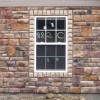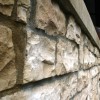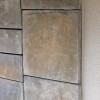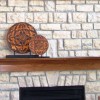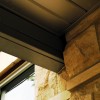Cast Stone Masonry
Cast stone masonry is a refined architectural concrete building unit, manufactured to mimic natural cut stone and used in unit masonry applications. Cast stone can be made from white and/or grey cements, manufactured or natural sands, carefully selected crushed stone, or well graded natural gravels. Mineral coloring pigments are added to achieve the desired color and appearance while maintaining durable physical properties which exceed most natural cut building stones. Cast stone can be made to appear nearly indistinguishable from natural cut limestone, brownstone, sandstone, bluestone, granite, slate, keystone, travertine and other natural building stones.
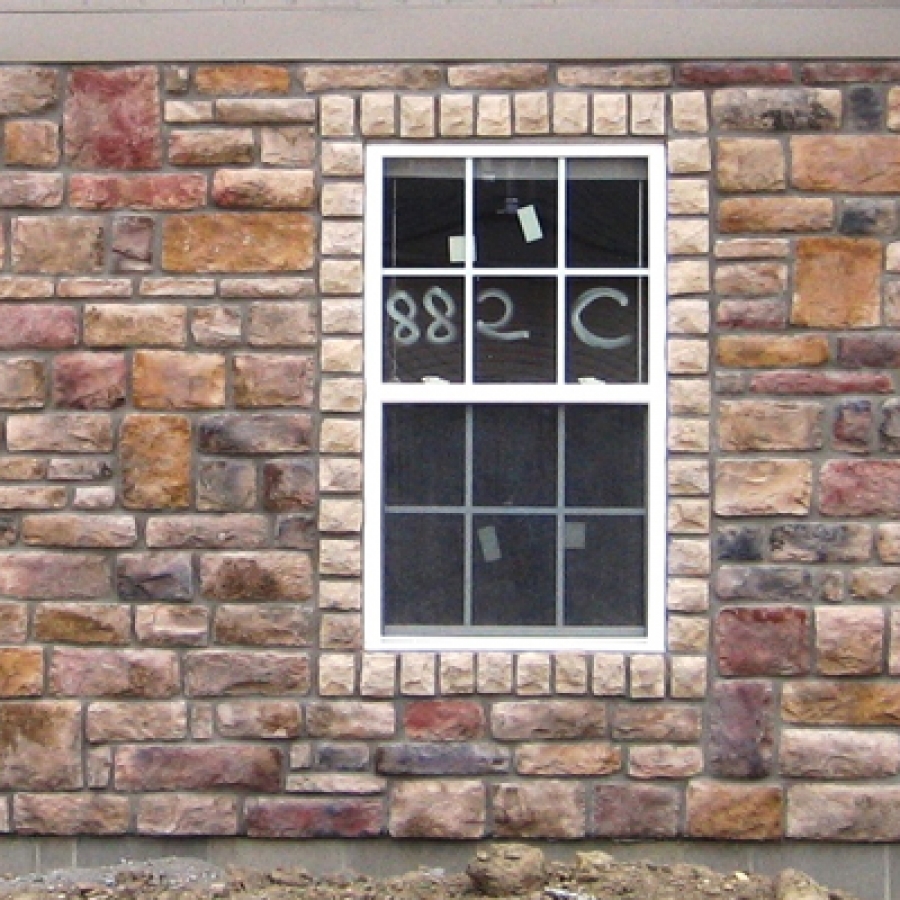
Topic Summary
Properly manufactured, cast stone has physical properties that are the same or betterthan most dimensional building stone, while offering several advantages. Cast stone can be integrally reinforced with steel and precisely colored through aggregates or mineral oxides. Mix designs have tested engineering values which result in a predictable durable life. Strength and weathering qualities are consistently better than natural stone because the manufacturing process is controlled. Repetitive treatment, either as trim or ornament, can be achieved quite economically in cast stone. The ability of cast stone to replicate deteriorating natural stone on existing buildings makes it an ideal material for the remodeling or restoration of old structures.
The two basic methods of cast stone production are dry cast and wet cast. Dry cast products are manufactured from zero-slump concrete, compacted and vibrated under pressure against a mold until it becomes densely consolidated. Wet cast products are manufactured from measurable slump concrete vibrated into a mold. Cast stone is usually made with less water than precast concrete, giving it better strength and weathering properties and a more void-free surface.
Reinforcing can be added, but cast stone units do not always need integral reinforcement included in their design. Many typical applications (such as where the material is used as a replacement for natural stone, masonry units, or other non-structural applications) do not benefit from having steel to control cracking. In general, steel should be added to the design only when necessary for safe handling, setting, and structural stress. Some manufacturers use fiber reinforcement to control plastic shrinkage and thermal cracking. This secondary reinforcement is not a substitute for conventional steel reinforcement.

Buildipedia Staff
The Buildipedia research and writing staff consists of dozens of experienced professionals from many sectors of the industry, including architects, designers, contractors, and engineers.
Website: buildipedia.com/
